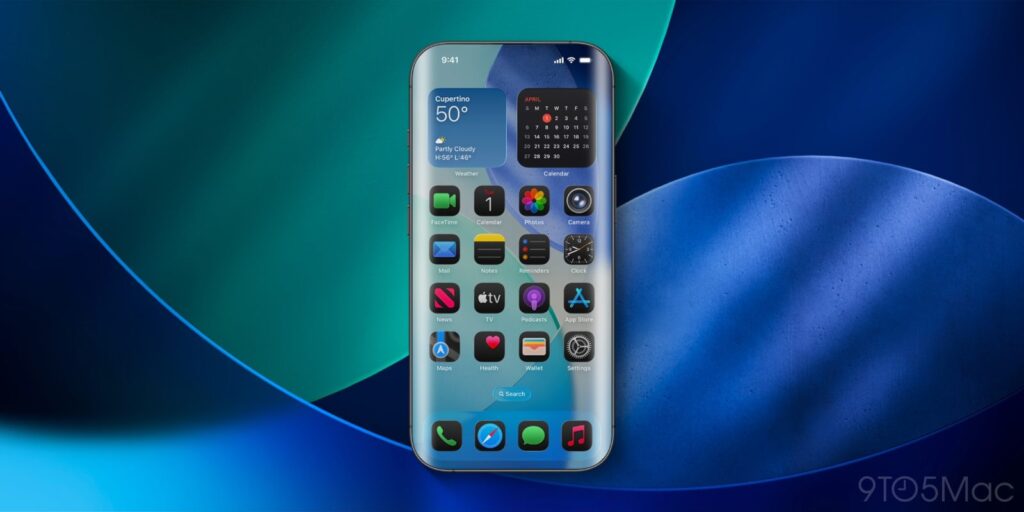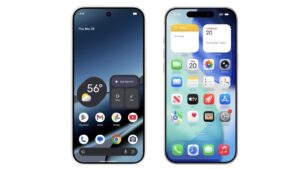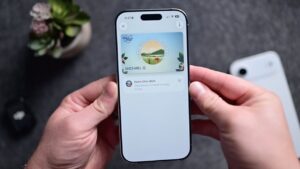
Apple’s latest software release, iOS 26, suggests a possible shift towards an all-glass, bezel-free design for future iPhones. This insight comes from Craig Hockenberry, a veteran iPhone app designer who shared his observations in a recent blog post. As he worked on optimizing an app for the new operating system, Hockenberry noted changes that indicate Apple may be preparing to transform its device design.
In his blog, Hockenberry remarked on a design principle emerging from his work: “you never want a control or container that touches the edge of the screen.” He compared this to the introduction of safe area insets in iOS 11, which became essential with the launch of the iPhone X. The iPhone X featured a notch and home indicator, fundamentally altering how developers approached app design. This new guideline, Hockenberry suggests, could hint at an upcoming device where the screen seamlessly merges with the physical edges, utilizing flexible OLED technology.
This concept aligns with Apple’s historical pattern of introducing design frameworks that may initially seem unnecessary. Hockenberry’s reference to safe area insets serves as a reminder of how Apple often lays the groundwork for future hardware developments. For instance, the introduction of app size classes preceded the iPad’s multitasking features, demonstrating the company’s foresight in app design.
While many users will likely view the Liquid Glass feature of iOS 26 as simply a fresh aesthetic for their devices, Hockenberry’s insights reveal deeper implications. He believes this design philosophy may be paving the way for the anticipated all-screen, bezel-free iPhone, potentially set to launch in 2027.
The implications of these design changes could extend beyond aesthetics. The upcoming iPhone Fold might also play a role in how Apple approaches its application of Liquid Glass. As the technology evolves, it appears that Apple is not just focusing on visual appeal but is also positioning itself for a significant hardware advancement.
As users continue to engage with iOS 26, the question remains: how will these design changes impact future iPhones? Insights like those from Hockenberry highlight the intricate relationship between software and hardware at Apple, suggesting that the next generation of iPhones may offer a radically different user experience.
Given the pace of innovation at Apple, tech enthusiasts and developers alike are keenly watching for announcements that could confirm these design shifts. As the landscape of smartphone design continues to evolve, the potential for a completely bezel-free iPhone could mark a new era for Apple.






